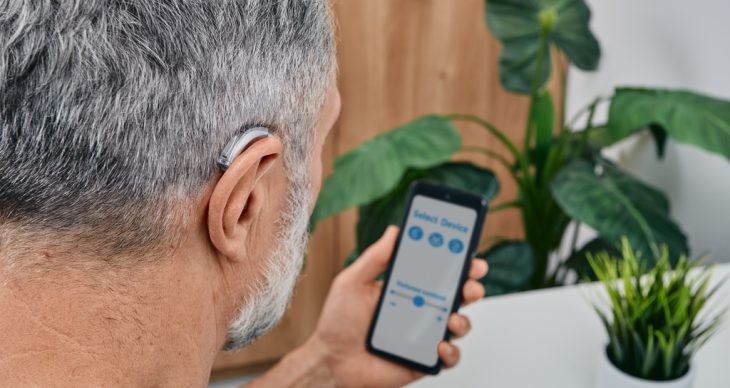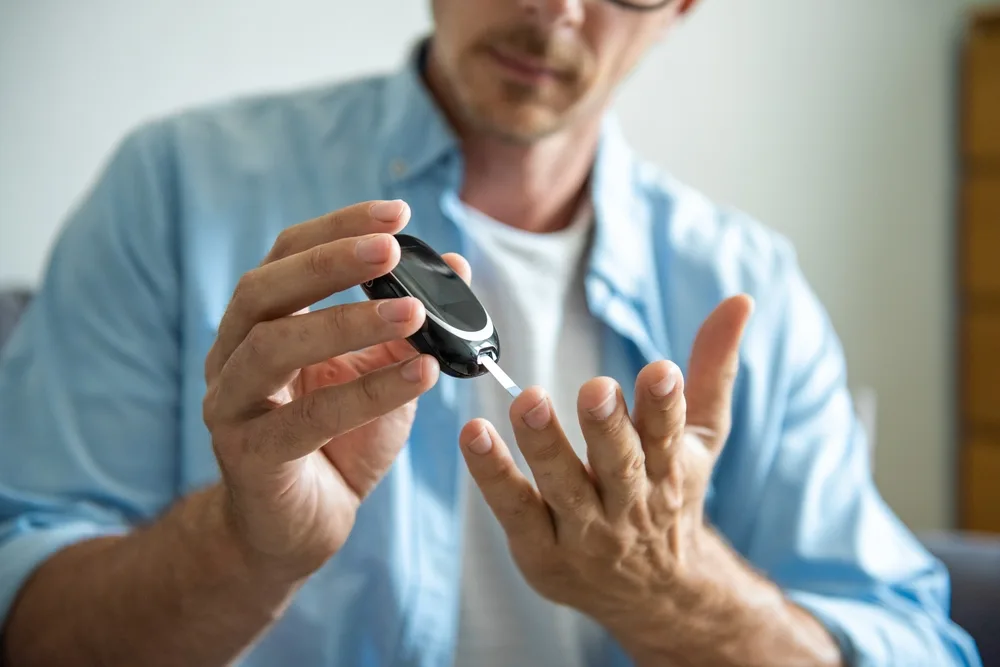If you are experiencing hearing loss at any level, you may be looking for ways to make the most of it. Fortunately, there are many ways you can improve your ability to communicate with others, especially if you developed hearing loss late in life but do not know ASL.
Getting a hearing loss diagnosis can be a difficult thing to come to terms with. However, with a little bit of insight from these helpful tips, you can find ways to overcome these challenges and get back to living your life to the fullest.
Use Speech to Text
You can use your own smartphone to translate other people’s speech into text for you to read. There are many speech-to-text apps you can download and run on your phone.
In fact, most smartphones nowadays have built-in audio-to-text converters in the texting program. For instance, you can hit the speaker button in iMessage on an iPhone, have someone talk into your phone, and then read the message.
There are separate devices that can convert speech to text as well. Some older folks and those with physical disabilities who are not able to use a smartphone may be more comfortable using speech-to-text devices for hearing impaired people.
Consider Assistive Listening Device
Also known as assistive listening systems (ALSs), assistive listening devices (ALDs) help separate speech from background noise. There are three major types of assistive listening devices that are meant to help those who are hard of hearing:
- Audio Induction Loop, which utilizes the pre-installed telecoil in a hearing aid or cochlear implant to amplify the sound right in the person’s hearing aid/implant. You might see this system used during a live event where the speaker wears a microphone that’s connected to the loop system.
- FM System, which uses radio broadcast technology to improve your ability to hear and can be attached to a hearing aid.
- Infrared System, which uses light-based technology to improve your entertainment viewing experience, such as watching a movie.
These systems are typically reserved for public assistive listening devices that are meant for public gathering spaces, but can be utilized by individuals. You might find them in theaters, schools, churches, and other public places that accommodate those who are hard of hearing.
You can use an ALD that’s for personal use, which is called a personal ALD. There are amplified telephones and alarm clocks. You may also consider a personal amplifier, a wearable device with a microphone and amplifier that transmits through headphones that you wear, making it easier to hear another person speaking to you directly.
There are also personal TV streamers, which allows you to listen to the TV at your preferred level while reducing noise for others. These even come in bluetooth technology.
Experiment With Your Hearing Aid Settings
Having hearing aids can be uncomfortable for some people living with hearing loss, no matter their age. But it’s important that you become comfortable with adjusting the volume during various situations. Your doctor can help you start figuring out those settings, but knowing what works best for you often comes with time.
By Admin –








